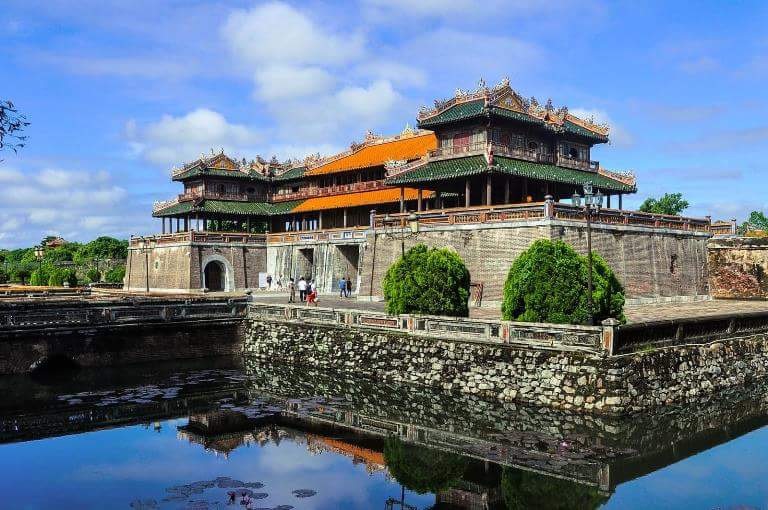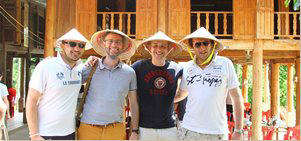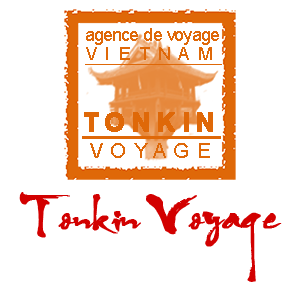Have you ever questioned why most of 10-20 day tours in Vietnam cover regions: Northern, Central and Southern? Why don’t tours focus on only one region?
The answer is that most visitors want to absorb the tremendous diversity in geography, history, weather, culture and people of the 3 regions of this S-shaped land.
Here are some highlights of the amazing variety of the Vietnam experience:
1. Geography & Climate:
- Northern Vietnam borders Laos and China. It has a humid subtropical climate with 4 distinct seasons: Spring (Jan-Mar), Summer (Apr- Jul), Autumn (Aug- Oct) and Winter (Nov- Jan).
- Central Vietnam borders Laos. It has a tropical monsoon climate with 2 seasons: rainy and cold (Nov- Feb); dry and hot (Mar- Oct).
- Southern Vietnam borders Cambodia. It has a tropical savanna climate with 2 seasons: rainy (May- Sep) and dry (Oct- Apr) and it is hot all year (25-38 degree C).
2. Architecture:
- Northern Vietnam: this region offers simple, small houses in Red River delta and wooden houses on stilts in the mountainous areas.
- Central Vietnam: garden houses in Hoian and stunning royal complexes in Hue are typical of the architecture of this region.
- Southern Vietnam: has many modern structures as well as tall houses and colonial French buildings.

Imperial Citadel- Hue
3. Food and Taste:
Vietnam is considered as a dreamland for food lovers. This beautiful country has some of the most fragrant and succulent dishes on the planet. From the North through the Central and to the South of Vietnam, there are countless number of delicacies such as Pho, Bun Cha, Bun Bo, Cao Lau, Banh Mi and more.
 Bun cha, Pho and Banh Mi
Bun cha, Pho and Banh Mi
- Northern Vietnam: People use black pepper in place of chili, and they carefully blend their sweet, salty, spicy, bitter, and sour flavors for lightly balanced meals.
- Central Vietnam: The foods in this area are colorful, decorative, and complex. The portions are smaller, but the number of courses is larger; you can expect to be served all sorts of appetizer-sized dishes. The Central Region is also known for its immense variety of spices. Strong, bold flavors distinguish the food here.
- Southern Vietnam: The local people use generous amounts of garlic, shallots, and herbs in their dishes and the open coastline provides crab, fish, squid, and shrimp. Southerners prefer sweet tastes (created by adding sugar or coconut milk) and spicy tastes (created by chili peppers).
4. Accent & Language:
- The Vietnamese language features many accents. The three major dialects are those of the North, Center, and South with major differences in phonology and vocabulary. Due to cultural prominence, the Hanoi and Saigon accents are mostly intelligible to speakers from other regions. The Central accent is often unintelligible to speakers outside of that regions.
- There are a huge number of local words used in different regions that add a rich and abundant Vietnamese treasure. Some examples:
| In English |
In Northern Vietnam |
In Central Vietnam |
In Southern Vietnam |
| Father |
Bố |
Ba/Cha |
Ba/Cha |
| Mother |
Mẹ |
Má |
Má |
| Flower |
Hoa |
Hoa/Bông |
Bông |
| Pineapple |
Dứa |
Dứa |
Thơm |
| Where |
Đâu |
Mô |
Đâu |
The four basic differences above are not enough to capture the multitude of attractions of each region in Vietnam. Practical experience is the best way to understand them. Contact us to create your memorable Vietnam trip!


 Bun cha, Pho and Banh Mi
Bun cha, Pho and Banh Mi




